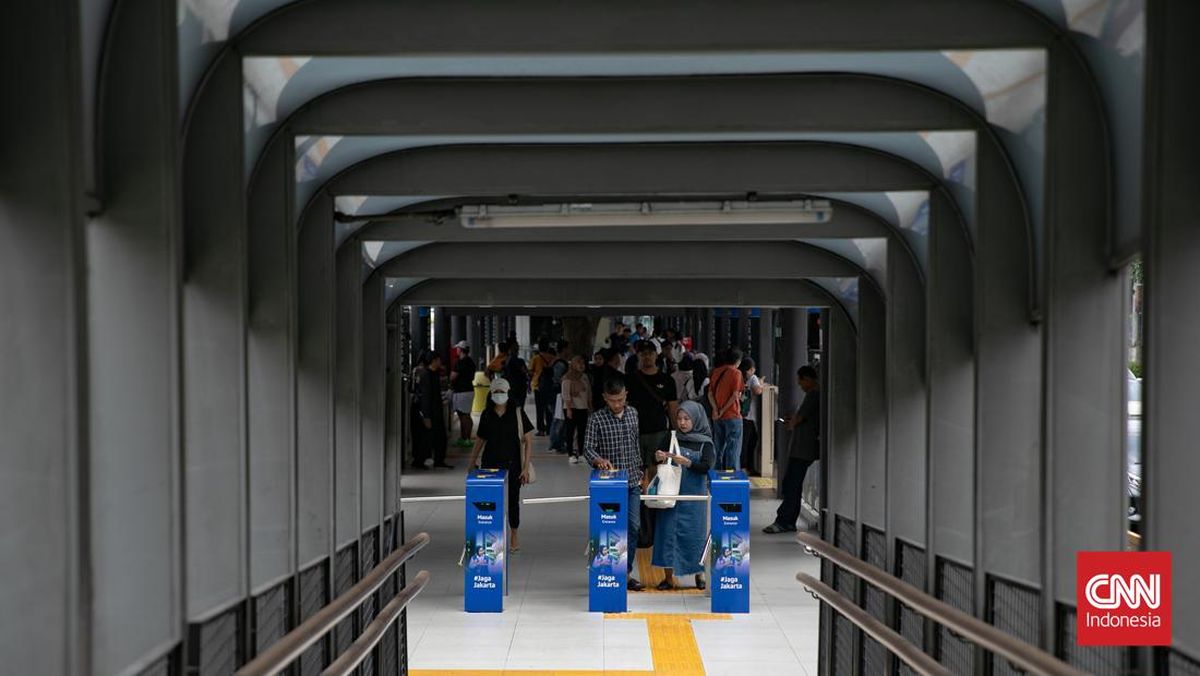Hotpot places are bubbling up everywhere: there are glam hotpots, chain hotpots and conveyor-belt versions, but Chongqing import BiZu’s broth is brilliant, and the dipping ingredients are high-quality and beautifully prepared.
Chinese$$
How do you like your duck intestines? I prefer them crisp and nicely spicy, thanks, so let’s cook them for five minutes in the crimson, chilli-strewn broth burbling between us. We’re at the 40-seat, two-level BiZu, which opened in June and is packed with connoisseurs of Chongqing-style hotpot. People are sharing tables, dunking taro, reaching for crisp-fried pork strips, chatting and chewing in a just-this-side-of-chaos hubbub.
Over the past five years, hotpot has overtaken yum cha as Melbourne’s go-to for groups wanting a communal Chinese feast. Hotpot places are sprouting everywhere: there are glam hotpots, chain hotpots and conveyor-belt versions where ingredients come past like a sushi train, the latest iteration in a DIY-cooking tradition with centuries of history.
One hotpot origin myth is that 13th-century Mongol warriors upturned their helmets over fire to poach mutton. True or not, the huge south-western mountain city of Chongqing, at the confluence of the Yangtze and Jialing rivers, has long been known for the dish. Animals arrived by boat, the prized cuts went to the wealthy, and the scrappers cooked odd bits in pots of hot beef tallow enriched with odour-suppressing spices.
About 100 years ago, this robust street-eat found its way into restaurants. The basic structure is simple: a pot of broth is heated over a tabletop burner and raw ingredients are provided for diners to cook. Once done, swipe through dipping sauce and eat. It’s convivial, fun and endlessly customisable – and no, you don’t drink the broth. That would be like drinking chip-fryer oil.
BiZu is one of Melbourne’s best examples of the genre. Owner Jaden Lei has a long history in the trade. His mother, Chen Ma, started a nameless Chongqing street-hotpot place in 1995, soon dubbed BiZu (“pioneer”) by a customer who appreciated her commitment to tradition. Lei expanded the business dramatically: there are 78 BiZu franchises across China and now this foray into Australia.
The signature Chongqing broth is mala – “numbing and spicy” – packed with chilli heat and Sichuan pepper. If a broth can be honest, this one is a straight-talker: sparkling, clean, balanced and punchy, with nuance that allows room for other flavours to shine. (Spice-phobes can choose mild, milky, beef-bone broth instead or as well, served in a divided pot.)
Before you cook, visit the condiment station to make your dipping sauce: sesame oil, garlic and spring onion is a basic trio, but there’s no wrong combo.
No, you don’t drink the broth. That would be like drinking chip-fryer oil.
Someone in the friendly team will place (and replace) ingredients for you to cook. Suddenly, you’ll be overwhelmed by various pork and beef cuts, meatballs, dumplings, squid, prawns, fish, cabbage, bamboo shoots and potatoes, all pristine and perfect. Offal is traditional: kidney, liver, tripe, brain and tendon are prized as much for their texture as flavour.
You can eschew the chew and ask for no offal, but then you’d miss out on duck intestines. These delicate, white ribbons sizzle delightfully in the broth: they’re mild and truly worth trying.
Most ingredients take between one and three minutes to cook: dunk, scoop, test, enjoy.
If you’re a hotpot expert, you’ll rate BiZu. The broth is brilliant, the dipping ingredients are high-quality and beautifully prepared, the service is assiduous, the value evident. If you’re fresh to the game, why not start your adventures somewhere with a proud legacy, a commitment to excellence and a bustling atmosphere that is the swiftest way of teleporting from the sedate streets of Camberwell to the busting laneways of Chongqing?
The low-down
Atmosphere: Rollicking and communal
Go-to dishes: Crisp pork strips; spiced beef; duck intestine; taro
Drinks: There are soft drinks, a simple wine offering, a choice of Tsingtao and Asahi beer, and Chongqing tea, which is smooth and fruity.
Cost: All you can eat for $60-$75 per person, excluding drinks
This review was originally published in Good Weekend magazine
Good Food reviews are booked anonymously and paid independently. A restaurant can’t pay for a review or inclusion in the Good Food Guide.
Restaurant reviews, news and the hottest openings served to your inbox.



















































